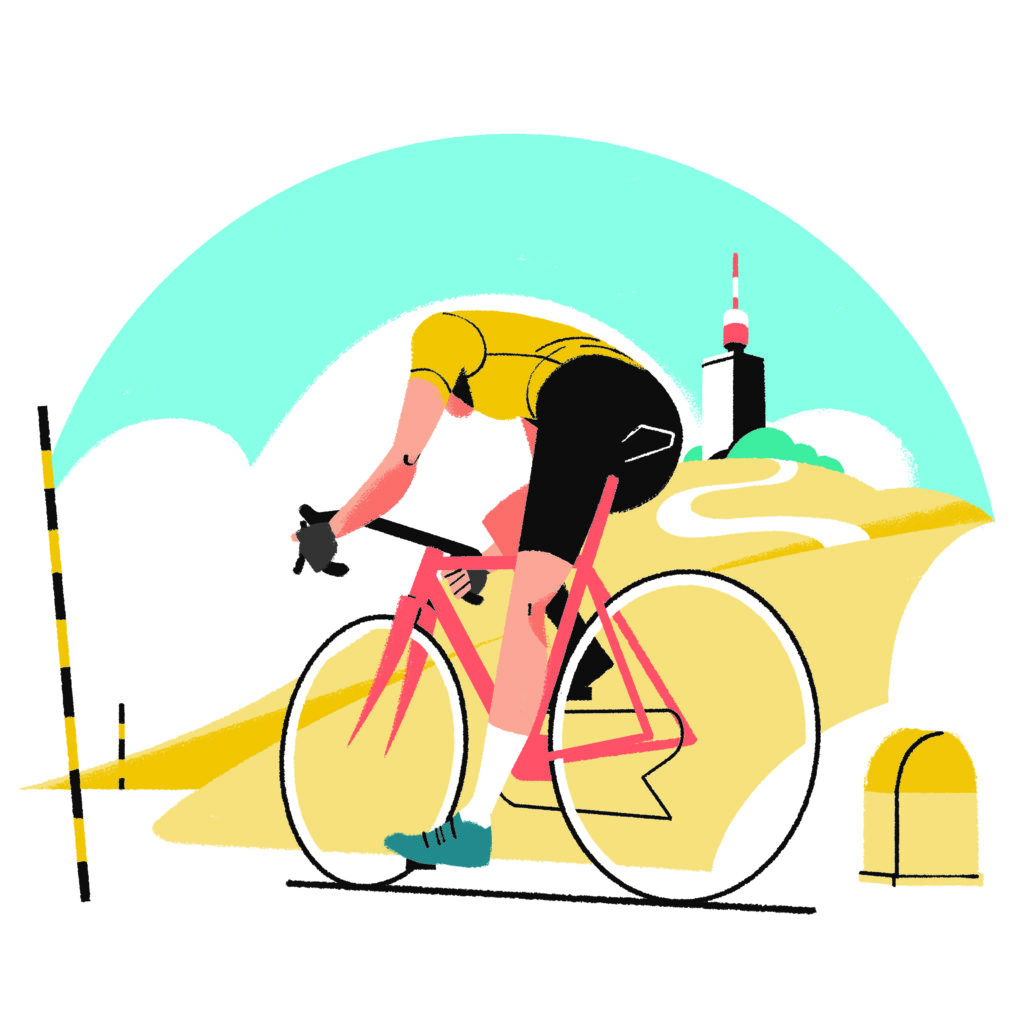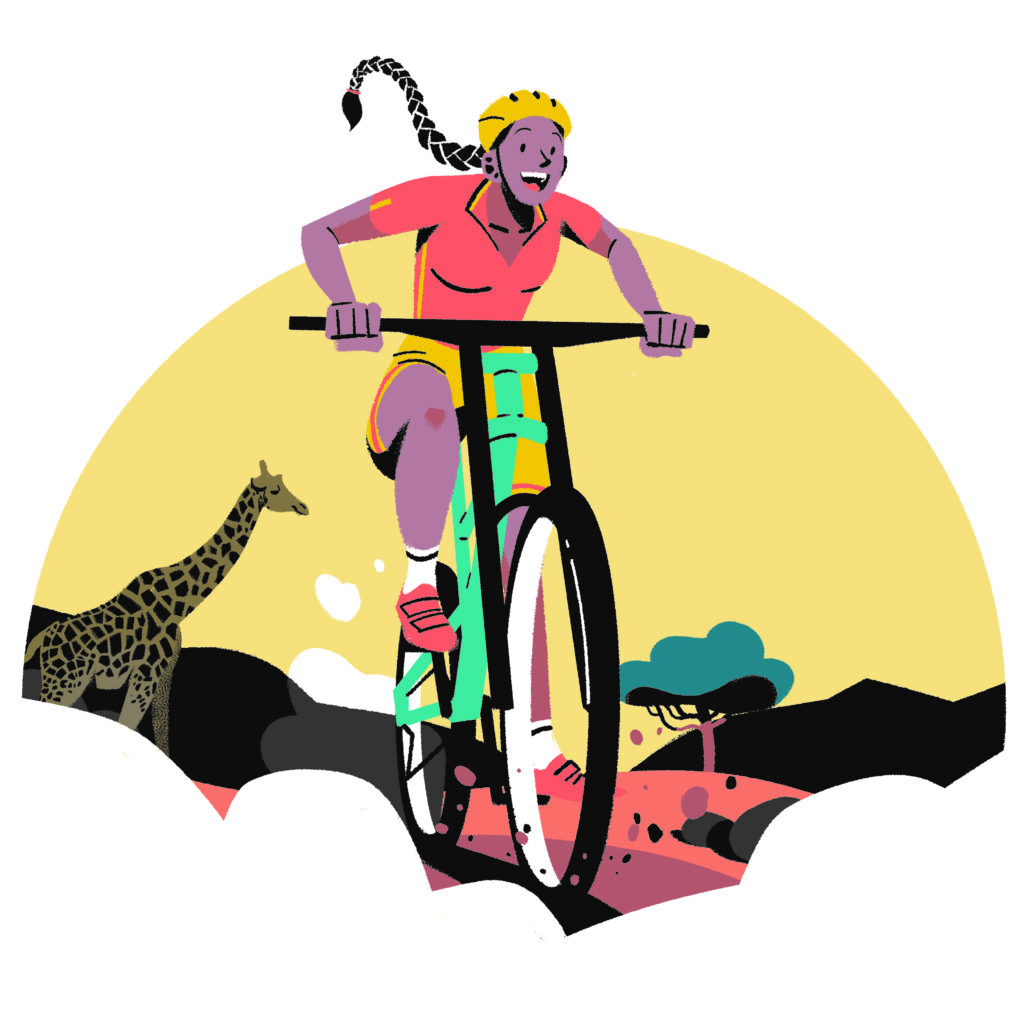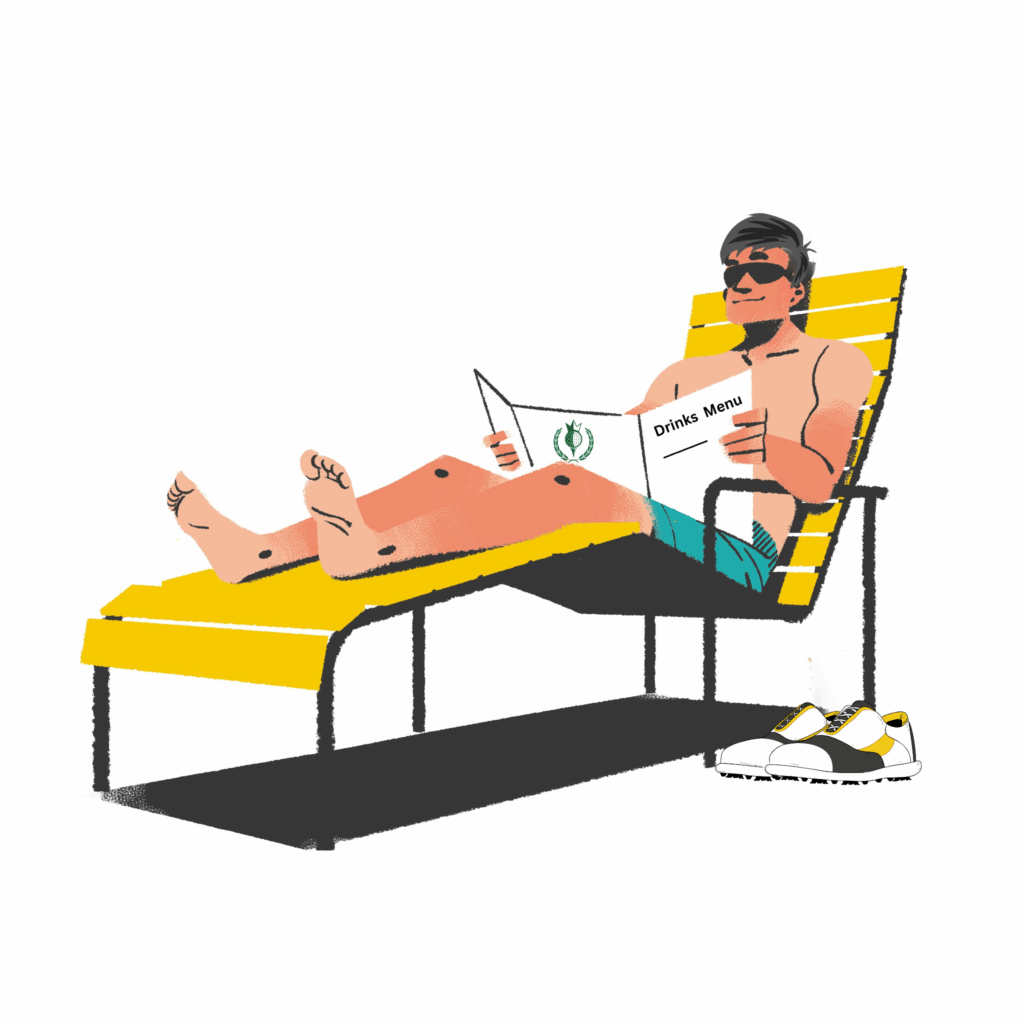Waller Lane in Caterham is a fairly unassuming spot, a quiet rural turning off Whyteleafe road, and a short cut through to Caterham station. Cut into a gentle bank, the lane is narrow, twisting and covered by a thin canopy of unkempt trees and shrubs, with the sun dispersing through the leaves like a pleasant woodland walk.
Also, it’s steep. Really steep.
It seems like Waller Lane, and the countless narrow tracks like it, have been attracting cyclists to test themselves and their machines since someone first had the idea of pairing a wheel with some peddles. Our cycling cousins in Europe have no shortage of mountains to explore, but the British Hill Climb is a very different beast.
Traditionally reserved for October and the end of the cycling season -as we dread starting the winter training we never quite keep to- hill climbs are an opportunity for amateur cyclists to show what they are made of. The best hill climbs are raced on narrow roads, thronged with spectators who are forced in close by the restricted space of the event.

The short length of the courses -often less than half a mile- the constant stream of cyclists setting off at one minute intervals, and the community atmosphere often draw large crowds from the local area, squeezing them in tight along the course. With the spectators perhaps only a pace or two from the cyclists, cheering and chanting, patting the cyclist’s backs as they pull themselves up an unreasonably tough hill, it is closest many of us will get to the excitement and adrenalin of a professional event.
The longest running, annual hill climb belongs to Catford Cycling Club. Other than a gap during the Second World War, Catford CC members have been searching out prime hills and racing them since the eighteen hundreds. On the 20th of August 1887, a field of 24 riders set out to test themselves against Westerham Hill in Kent on an assortment of bikes; some as we would recognise them today (but with a minimum weight of 15.8kg!), tricycles, and Penny Farthings. Of the 24 who entered, only half made it to the top, one of whom miraculously did so on his Penny Farthing.
Since 1887, the Catford hill climb has changed location numerous times, always searching for the steepest, toughest hills across Kent and Surrey. From 1935, Catford CC have found their home on Yorks Hill, a seventy four meter climb over just half a kilometre through Kent’s Stubbs Wood. Today, the event draws competitors from across the country, a cash prize for the winner of far less interest to most riders, than the hundreds of spectators who turn out to cheer them on.
A key hill in the early days of the Catford Hill Climb was our very own Waller Lane. Used extensively for the event through the 1890’s, Waller has had a resurgence over the past 5 years with a new climb, now held to coincide with the Caterham Summer festival in June.
Waller Lane, once thought impossible to ride can now be completed by most on a modern bicycle, and so categories for June’s race have been expanded to cover everybody who wants to give it a go.

The course record has been held by Matt Pilkington since 2011, but this year you can expect a significantly larger turnout, with pro and former pro riders alongside mums, dads, children and club riders. Together with the electronic timing system being introduced for the first time, we expect records to be set, and records to be broken. Everyone is encouraged to come along and take part.
To see the 2015 Results please click here.
To see the 2016 Results please click here.



